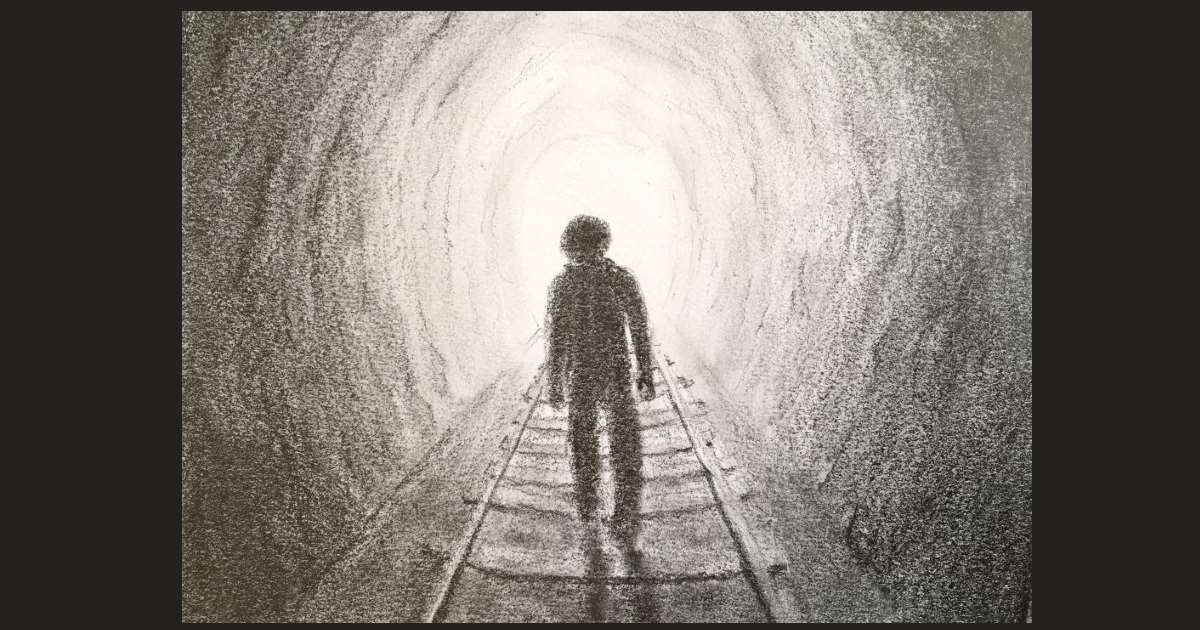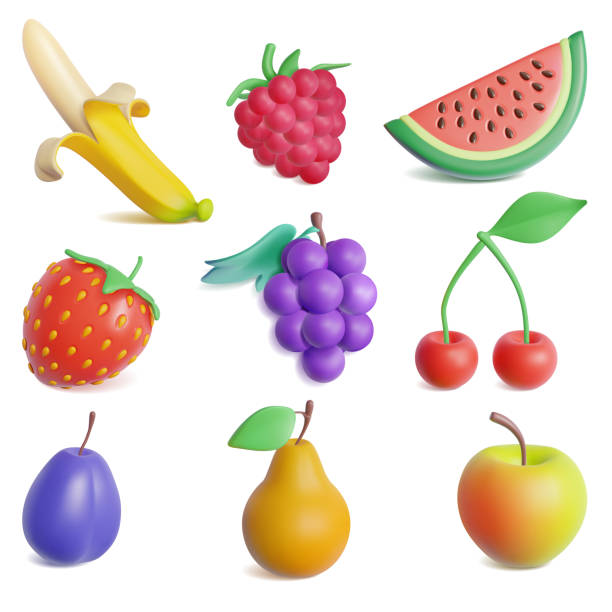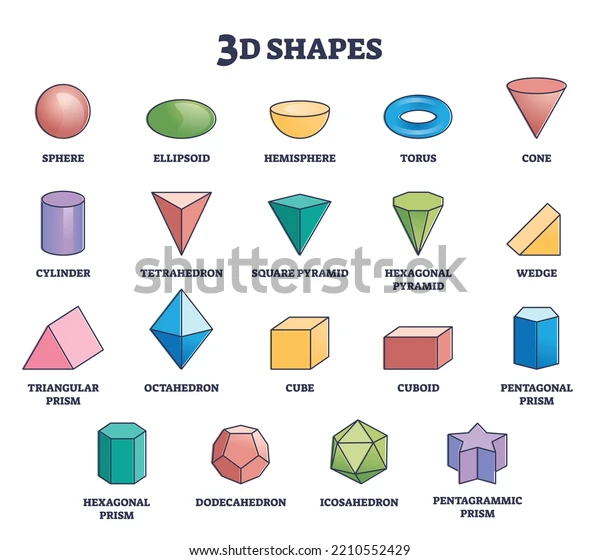COLOR is the general term which we use to describe every hue, tint, tone, or saturation we see.
Hue is root color without adding tint, tone, or shade. And it normally exist only in the color wheel.
Color scheme:
• Monochromatic: They use only one hue but variety in term of tint, shade, and saturation.
• Analogous: They use only the color which are next to each other in the color wheel.
• Complementary: They use opposite color in the color wheel to make something stand out.
• Triadic: They use the color which are equal space around the color wheel. Tend to be quite vibrant.



:max_bytes(150000):strip_icc()/10064255-56a03d5f5f9b58eba4af78f4.jpg)






